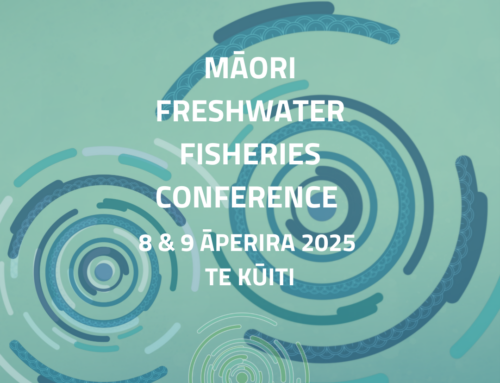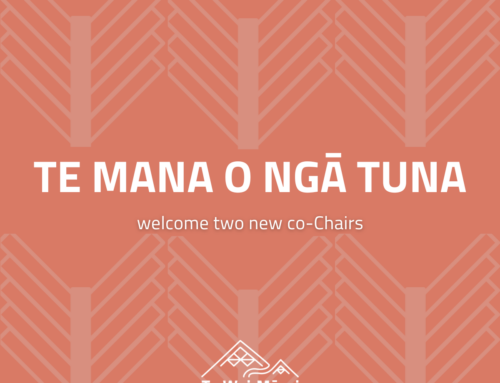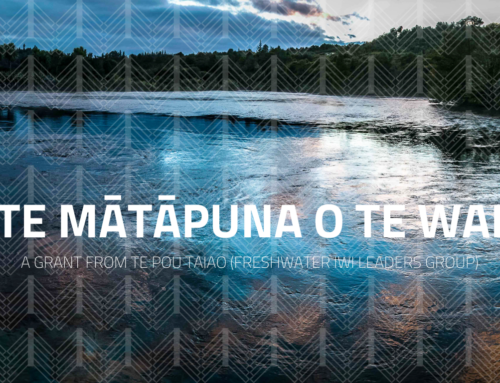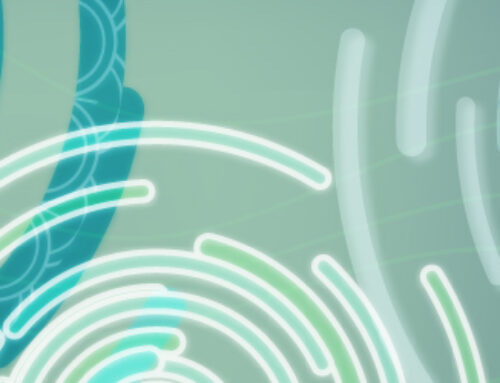Checking in on kākahi, the little-known freshwater barometer
10 February 2021
Article courtesy of Stuff.co.nz
You feel it before you see it.
Slinking closer, stealthily snaking its way through the cloudy water disturbed by your feet and hands.
It seems rather harmless, until it takes a bite at your big toe.
That, at least, was how I discovered an occupational hazard of searching for kākahi, or freshwater mussels, in streams; tuna, or eels.
It is Give it a Go season in the Manawatū newsroom and I, deciding I needed to get out of the office, joined Horizons Regional Council’s search for kākahi.
Kākahi are a great indicator of a waterway’s health, as they need native fish species to carry their spawn to new areas.
A waterway teaming with kākahi of different ages is a sign of healthy water and they are great for waterways too, acting as natural filters.
But not a lot is known about them and where they live in wider Manawatū, with not much searching done.
That is changing though, with new funding helping to expand search efforts.
Setting up a search is relatively easy: find a stream, jump in and start digging around.
Once you find one, you set up a tape measure to mark a 50-metre stretch and keep looking, taking detailed records of where you find kākahi and their size.
While they can be found throughout waterways – they can move thanks to a small foot near their base – they are likely to be found on edges and near willow roots and other aquatic vegetation.

That, though, is also where tuna, or eels, like to hide.
There were more than a few gasps and leaps through the search from everyone involved, often when a stick or root in the water brushed against a leg or foot.
While I was lucky enough to avoid contact with eels, Horizons freshwater research assistant Tui Wright disturbed one as thick as an adult’s arm.
The eel was rather territorial, asserting its authority by drawing blood from one of Wright’s big toes.
I was more than happy when Brown made the captain’s call to stop searching that area, taking time to count my digits before moving on.
The eels and cold water are not the major occupational hazards though.

Rubbish from people – glass, hunks of metal, Sparkling Duet cans and more – are the greatest risk when you’re rummaging, often blindly, through streams and rivers with bare hands and feet.
Brown has even come across fridges and vehicles dumped by people in extremely remote areas.
That struck me as extremely selfish. After all, we all want clean waterways, if not for kākahi then at least for people.
While the stream we searched was small, it was a tributary of the Manawatū River.
The health of small streams impacts big rivers and the creatures that live in them, such as kākahi, and the creatures living around them, like us.







